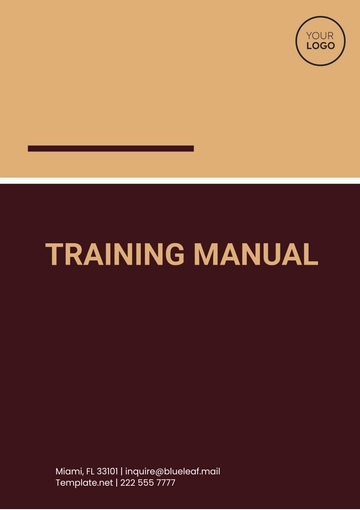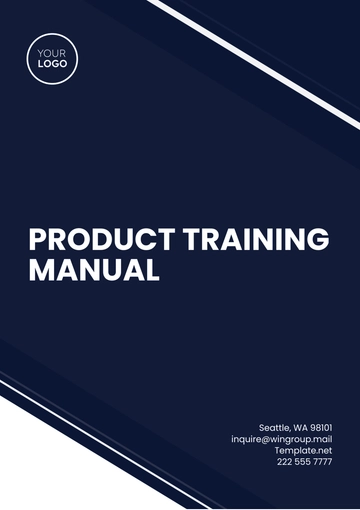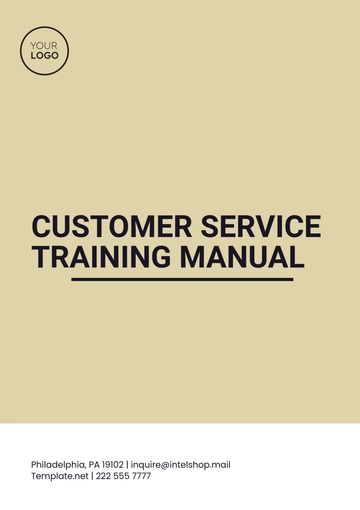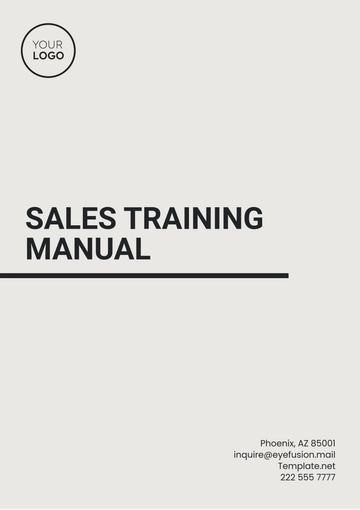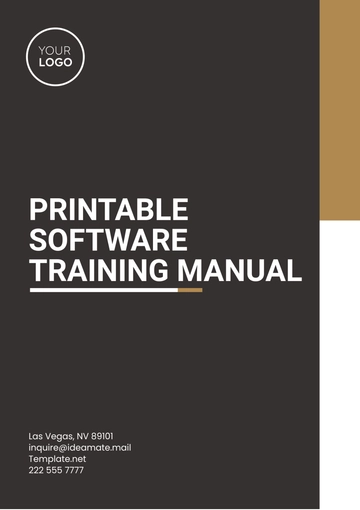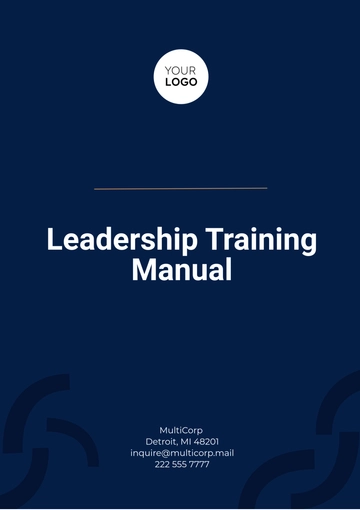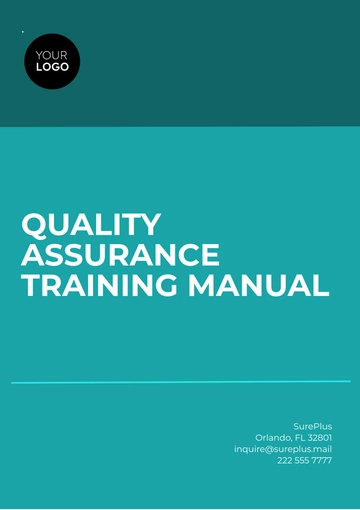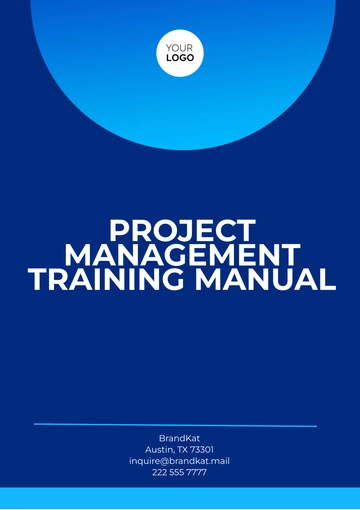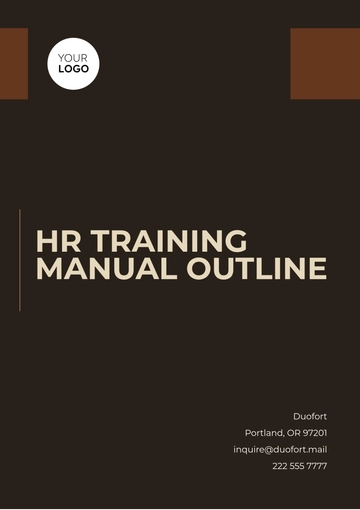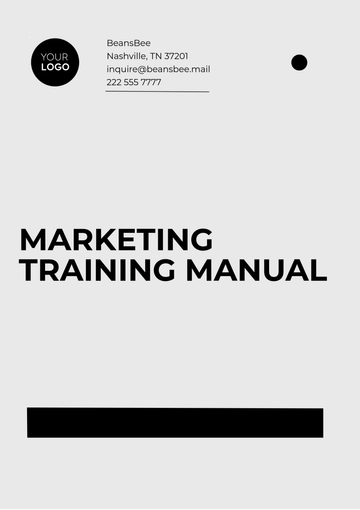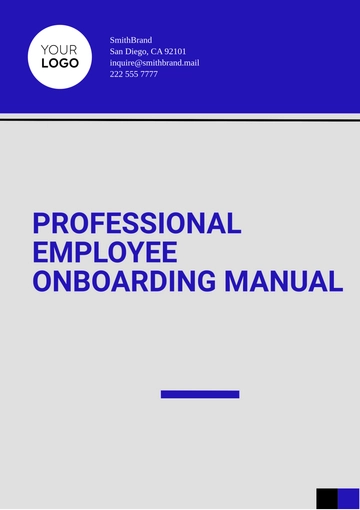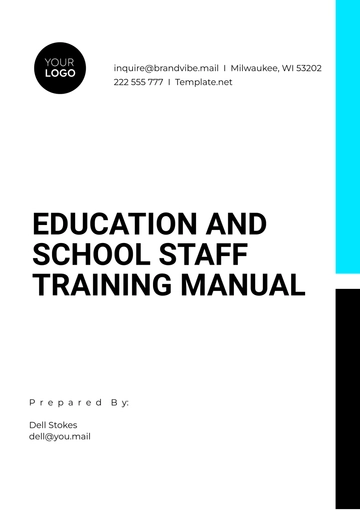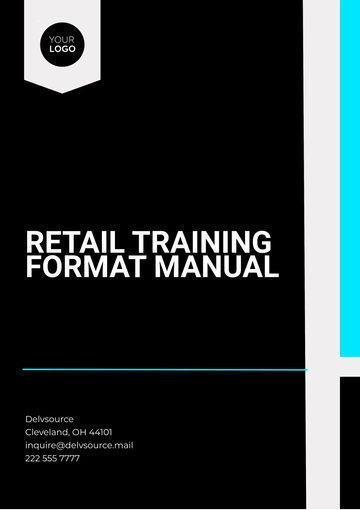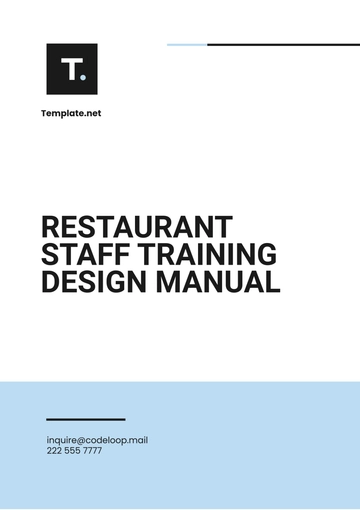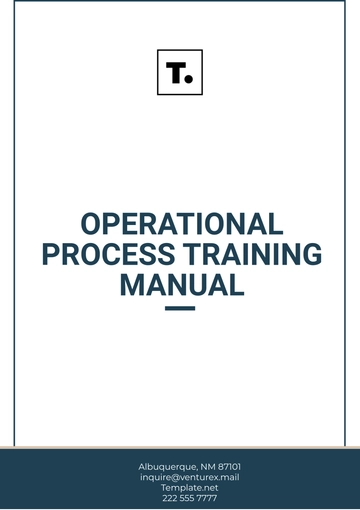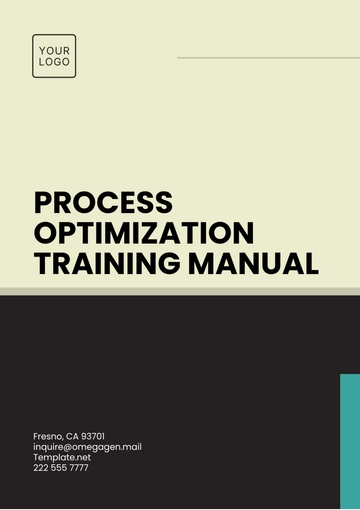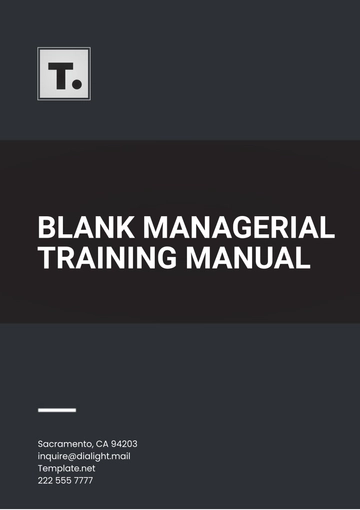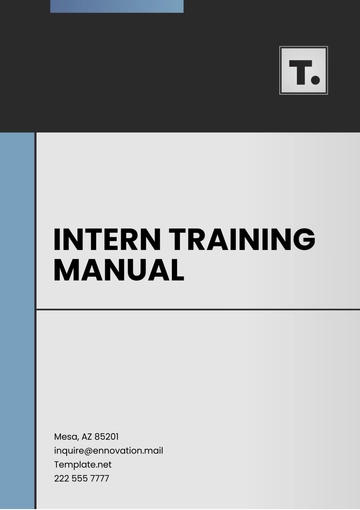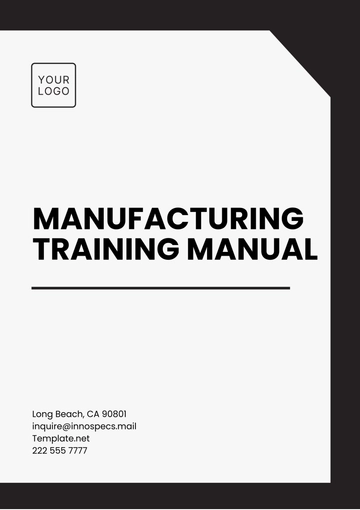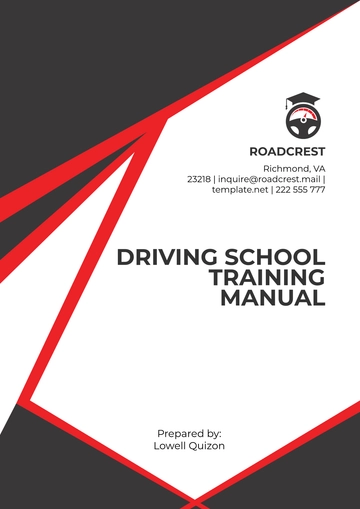Free Car Rental Customer Service Training Manual

I. Introduction to Customer Service in Car Rental
A. Importance of Customer Service
Providing exceptional customer service is not just a goal but a cornerstone of our business philosophy at [Your Company Name]. It sets us apart in a competitive market by fostering customer loyalty and positive word-of-mouth referrals. Every interaction is an opportunity to create a memorable experience that exceeds expectations and reinforces our commitment to quality service.
B. Company Mission and Values
At [Your Company Name], our mission is to deliver seamless, reliable, and personalized car rental experiences. We uphold values of integrity, transparency, and customer-centricity in every aspect of our operations. These values guide our team in prioritizing customer satisfaction and building long-term relationships based on trust and mutual respect.
II. Company Policies and Procedures
A. Reservation Process
Customers can initiate reservations through multiple convenient channels, including our website, mobile app, or our 24/7 reservation hotline. Each reservation is handled with attention to detail to ensure accuracy in pickup location, dates, and vehicle preferences.
Our reservation system allows flexibility for modifications and cancellations, adhering to clear policies that customers can easily access and understand.
Prior to finalizing a reservation, our staff verifies all required information and provides customers with a comprehensive overview of associated costs, ensuring transparency and minimizing surprises upon arrival.
B. Vehicle Selection and Options
We offer a diverse fleet of vehicles to accommodate various customer needs, from economical options for budget-conscious travelers to premium models for those seeking luxury and comfort.
Customers are informed about vehicle features such as fuel efficiency, seating capacity, and cargo space to help them choose the most suitable option.
Our staff is trained to suggest upgrades based on availability and customer preferences, enhancing the rental experience by offering additional amenities and vehicle enhancements.
C. Insurance Options
Understanding the importance of peace of mind during travel, we offer comprehensive insurance options that cater to different levels of coverage, including collision damage waivers and liability protection.
Our team educates customers on the specifics of each insurance plan, including coverage limits, deductibles, and exclusions, ensuring they can make informed decisions that align with their needs and preferences.
Prior to vehicle pickup, customers are guided through the insurance agreement process to ensure they fully comprehend their responsibilities and the benefits provided by each insurance option.
D. Billing and Payment Procedures
Transparent pricing and billing practices are integral to our commitment to customer satisfaction. We provide clear explanations of daily rates, mileage charges, and any additional fees or surcharges applicable to the rental.
Payment methods accepted include major credit cards, debit cards, and cash deposits where applicable, with a focus on accommodating various customer preferences and ensuring convenience.
Upon vehicle return, detailed billing receipts are provided, outlining all charges incurred during the rental period and facilitating a smooth checkout process that confirms accuracy and customer understanding.
III. Customer Interaction Guidelines
A. Greeting and Establishing Rapport
Upon greeting customers, it's important to maintain a friendly and professional demeanor to create a welcoming atmosphere. A warm smile and personalized greeting using the customer's name help establish rapport and set a positive tone for the interaction.
Engage in active listening to understand the customer's needs and preferences. Asking open-ended questions about their travel plans or rental requirements demonstrates genuine interest and allows you to tailor your service accordingly.
Use positive language and maintain eye contact throughout the interaction to convey attentiveness and respect. This approach helps build trust and reassures customers that their needs are being prioritized.
B. Handling Inquiries and Requests
When addressing inquiries, provide accurate and detailed information about available vehicles, rental rates, and additional services. Anticipate common questions and be prepared to offer solutions or alternatives to meet customer expectations.
Honor customer requests promptly and efficiently, whether it's arranging a specific vehicle type or adding optional amenities like GPS navigation or child seats. Communicate any limitations clearly and offer viable alternatives when necessary.
Follow up with customers after fulfilling their requests to ensure satisfaction and address any additional needs they may have. This proactive approach demonstrates commitment to excellent service and fosters a positive customer experience.
C. Managing Complaints and Issues
Address customer complaints with empathy and a willingness to resolve issues promptly. Listen attentively to their concerns without interrupting, allowing them to fully express their dissatisfaction.
Apologize sincerely for any inconvenience caused and assure customers that their feedback is valued. Propose practical solutions or compensation when appropriate, aiming to exceed their expectations and restore trust in our service.
Document complaints and resolutions accurately for future reference and analysis. This documentation helps identify recurring issues and opportunities for process improvement, ultimately enhancing service delivery and customer satisfaction.
D. Providing Exceptional Service
Strive to anticipate and exceed customer expectations at every touchpoint of their rental experience. Offer proactive assistance, such as loading luggage into the vehicle or providing local area recommendations, to enhance their overall satisfaction.
Demonstrate patience and flexibility when handling special requests or unforeseen challenges. Adapt quickly to changing circumstances to ensure a seamless and enjoyable rental experience for each customer.
Express gratitude and invite customers to provide feedback before concluding the interaction. Thank them for choosing [Your Company Name] and reinforce our commitment to serving their needs with excellence on future rentals.
IV. Product Knowledge
A. Types of Vehicles Offered
Our fleet includes a range of vehicles suited for diverse customer preferences and travel needs. From compact cars for solo travelers to spacious SUVs for families or groups, each vehicle category is designed to offer comfort, reliability, and performance.
Economy vehicles are ideal for budget-conscious travelers seeking fuel efficiency without compromising on comfort. They are well-suited for urban commuting and shorter trips where affordability and practicality are priorities.
Luxury vehicles cater to customers seeking premium features and superior comfort. These vehicles offer advanced technology, enhanced interiors, and a refined driving experience, making them a preferred choice for special occasions or business travel.
B. Vehicle Features and Upgrades
Each vehicle in our fleet is equipped with modern amenities designed to enhance comfort and convenience. Features such as Bluetooth connectivity, navigation systems, and advanced safety features are standard across most models.
Customers can choose from a variety of upgrades to customize their rental experience. Options include upgrading to a larger vehicle for additional space, selecting a hybrid or electric vehicle for eco-conscious travel, or adding premium audio systems for enhanced entertainment.
Our staff is trained to demonstrate vehicle features upon request, ensuring customers are familiar with operating controls and maximizing their enjoyment of the rental vehicle's capabilities.
C. Understanding Rental Agreements
Rental agreements outline the terms and conditions of the rental transaction, including responsibilities and liabilities for both the customer and [Your Company Name]. It's essential to review these agreements thoroughly with customers to ensure mutual understanding and compliance.
Clarify policies related to mileage limits, fuel requirements, and additional charges such as late fees or cleaning fees. Transparent communication helps prevent misunderstandings and promotes a positive rental experience.
Encourage customers to ask questions about the rental agreement and address any concerns before signing. Providing clear explanations and written documentation reinforces transparency and builds trust with our customers.
V. Problem-Solving and Conflict Resolution
A. Strategies for Resolving Customer Issues
Our approach to resolving customer issues begins with active listening and empathy. By understanding the customer's perspective, we can identify the root cause of the problem and propose effective solutions that align with company policies and customer satisfaction.
When addressing complex issues, involve supervisors or managers as needed to expedite resolutions and ensure customer concerns are handled promptly and professionally.
Follow up with customers after resolving their issues to confirm their satisfaction and reinforce our commitment to providing exceptional service.
B. Dealing with Difficult Customers
Diffuse tense situations by remaining calm, respectful, and attentive. Acknowledge the customer's emotions and demonstrate a willingness to assist in finding a resolution.
Use positive language and avoid making promises that cannot be kept. Focus on finding practical solutions or alternatives that address the customer's concerns while adhering to company policies.
If a situation escalates, calmly explain escalation procedures and involve a supervisor to ensure issues are resolved swiftly and to the customer's satisfaction.
C. Escalation Procedures
Inform customers about our escalation process for unresolved issues or dissatisfaction. Provide clear instructions on how to contact a supervisor or escalate their concern to higher management levels.
Document all escalated cases thoroughly, including details of the issue, actions taken, and resolutions offered. This documentation helps track trends and areas for improvement in our service delivery.
Follow up with customers after escalation to ensure their concerns have been addressed to their satisfaction and to restore trust in our commitment to excellent customer service.
VI. Sales Techniques and Upselling
A. Offering Additional Services
Introduce customers to optional services that enhance their rental experience, such as GPS navigation systems, roadside assistance, or prepaid fuel options. Highlight the benefits of each service to help customers make informed decisions based on their travel needs.
Recommend services based on the customer's itinerary or destination, demonstrating how these add-ons can streamline their travel and provide peace of mind.
Ensure transparency in pricing and policy details to build trust and encourage customers to take advantage of valuable service enhancements during their rental.
B. Promotions and Special Offers
Inform customers about current promotions, discounts, or loyalty programs available at [Your Company Name]. Explain promotion eligibility criteria and any applicable terms and conditions to maximize customer savings and satisfaction.
Emphasize the value of promotional offers and how they can provide added benefits or cost savings during the rental period.
Encourage customers to inquire about promotions at the time of booking or vehicle pickup to capitalize on exclusive offers and enhance their overall rental experience.
C. Enhancing Customer Experience through Upselling
Tailor upselling strategies to meet individual customer preferences and needs. Highlight the advantages of upgrading to a larger vehicle for added comfort or selecting a premium model with advanced features.
Showcase the unique features and benefits of upgraded vehicles, such as enhanced safety systems, luxury interiors, or improved performance, to illustrate the value of investing in a superior rental experience.
Provide personalized recommendations based on customer preferences and travel plans, ensuring upselling efforts are aligned with enhancing customer satisfaction and exceeding expectations.
VII. Safety and Compliance
A. Vehicle Safety Features and Inspections
Prioritize customer safety by familiarizing them with the safety features and emergency equipment available in our rental vehicles, such as airbags, anti-lock brakes, and tire pressure monitoring systems.
Conduct thorough vehicle inspections before each rental to verify functionality and address any maintenance issues promptly. This proactive approach minimizes safety risks and ensures vehicles are in optimal condition for customer use.
Demonstrate how to properly use safety equipment, such as seat belts and child safety seats, to promote safe driving habits and protect passengers during their rental experience.
B. Legal Requirements and Regulations
Educate customers on local laws and regulations governing vehicle rental and operation in different regions. Provide guidance on licensing requirements, age restrictions for drivers, and compliance with traffic laws to prevent potential legal issues.
Ensure all rental agreements and documentation adhere to legal standards and accurately reflect customer responsibilities and liabilities during the rental period.
Clarify procedures for handling traffic violations, accidents, or roadside emergencies to support customers in navigating unexpected situations and maintaining compliance with legal obligations.
C. Ensuring Customer and Employee Safety
Maintain a commitment to vehicle maintenance and cleanliness standards to uphold customer safety and satisfaction.
Promote safe driving practices and encourage customers to prioritize their well-being and that of others on the road.
Address safety concerns promptly and prioritize the safety of both customers and employees in all operational aspects of our car rental services.
VIII. Role Play Scenarios and Exercises
A. Interactive Customer Service Scenarios
Engage employees in role-play exercises that simulate various customer interactions, such as handling reservation inquiries, addressing complaints, or assisting with vehicle returns.
Encourage employees to practice active listening, problem-solving, and communication skills in a controlled environment to build confidence and proficiency in real-world situations.
Provide constructive feedback and coaching during role-play sessions to reinforce best practices and identify areas for improvement in customer service delivery.
B. Practice Sessions for Handling Various Situations
Conduct scenario-based training sessions that challenge employees to navigate challenging or complex customer service scenarios effectively.
Encourage teamwork and collaboration among employees to brainstorm creative solutions and enhance their problem-solving capabilities.
Evaluate employee performance based on their ability to apply company policies, maintain professionalism, and achieve positive outcomes in simulated customer interactions.
C. Feedback and Improvement Opportunities
Establish mechanisms for employees to provide feedback on training sessions, including the relevance and effectiveness of role-play exercises and scenario-based training.
Use employee input to refine training materials, update procedures, and implement continuous improvement initiatives that enhance overall service quality and customer satisfaction.
Foster a culture of learning and development by recognizing employee contributions to training success and encouraging ongoing skill enhancement in customer service roles.
IX. Feedback Mechanisms and Evaluation
A. Gathering Customer Feedback
Implement feedback channels such as surveys, online reviews, or direct customer feedback forms to capture insights into the customer experience.
Analyze feedback data regularly to identify trends, strengths, and areas for improvement in our service delivery and customer interactions.
Use customer feedback to inform strategic decisions, prioritize service enhancements, and maintain high standards of customer satisfaction across all aspects of our car rental operations.
B. Employee Performance Evaluation
Evaluate employee performance based on key performance indicators (KPIs) related to customer satisfaction, service excellence, and adherence to company policies.
Provide constructive feedback and coaching to support continuous improvement and professional development among employees.
Recognize and reward employees who consistently demonstrate outstanding customer service skills and contribute to positive customer experiences.
C. Continuous Improvement Initiatives
Develop action plans based on feedback and evaluation findings to address areas for improvement in customer service training, policies, or operational procedures.
Implement training updates, process refinements, or service enhancements to optimize customer satisfaction and loyalty.
Monitor progress and outcomes of improvement initiatives to ensure sustained success and alignment with our commitment to delivering exceptional customer service.
- 100% Customizable, free editor
- Access 1 Million+ Templates, photo’s & graphics
- Download or share as a template
- Click and replace photos, graphics, text, backgrounds
- Resize, crop, AI write & more
- Access advanced editor
Make training seamless with the Car Rental Customer Service Training Manual Template from Template.net. This editable and customizable template, crafted by experts, streamlines learning with its AI Editor Tool. Perfect for enhancing customer service skills, it ensures thorough comprehension of policies and procedures, empowering teams to deliver exceptional experiences effortlessly.
